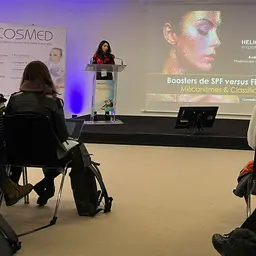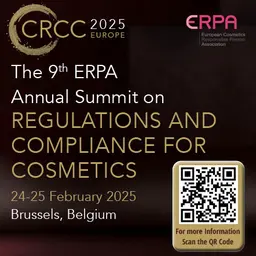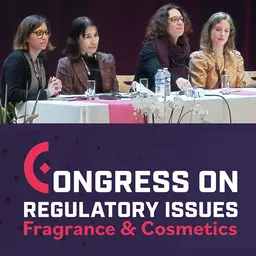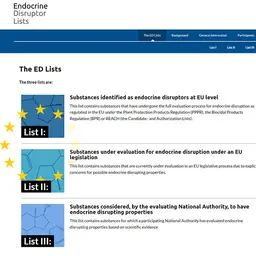
It is explicitly stated in Cosmetics Regulation 1223/2009: manufacturers must ensure the stability of their cosmetic products. But how must this be done? And with what reference materials? Martine Jouannic (of the JM Conseil consulting firm) gave an overview of this topic at the Cosmed Technological Day held on this theme on 3 December in Toulouse.
The obligations related to stability all stem from Regulation 1223/2009, in force since 11 July 2013, and from Annex I in particular, as this section of the Regulation is devoted to the cosmetic product safety report (CPSR).
In Part A (safety information), the following are listed:
• Section 2: Physical/chemical characteristics and stability of the cosmetic product
> The physical and chemical characteristics of the substances or mixtures, as well as the cosmetic product.
> The
stability
of the cosmetics product under reasonably foreseeable storage conditions.
• Section 4: Impurities, traces, information about the packaging material
> The purity of the substances and mixtures.
> In the case of traces of prohibited substances, evidence for their technical unavoidability.
> The relevant characteristics of packaging material, in particular purity and
stability
.
And in Part B (safety assessment), the following is specified:
• Section 3: Reasoning (of the safety assessor)
> Explanation of the scientific reasoning leading to the assessment conclusion (…) and the statement set out under
Section 2
.
> Impacts of the
stability
on the safety of the cosmetic product shall be duly considered.
So that’s what must be done, but the question remains: how?













